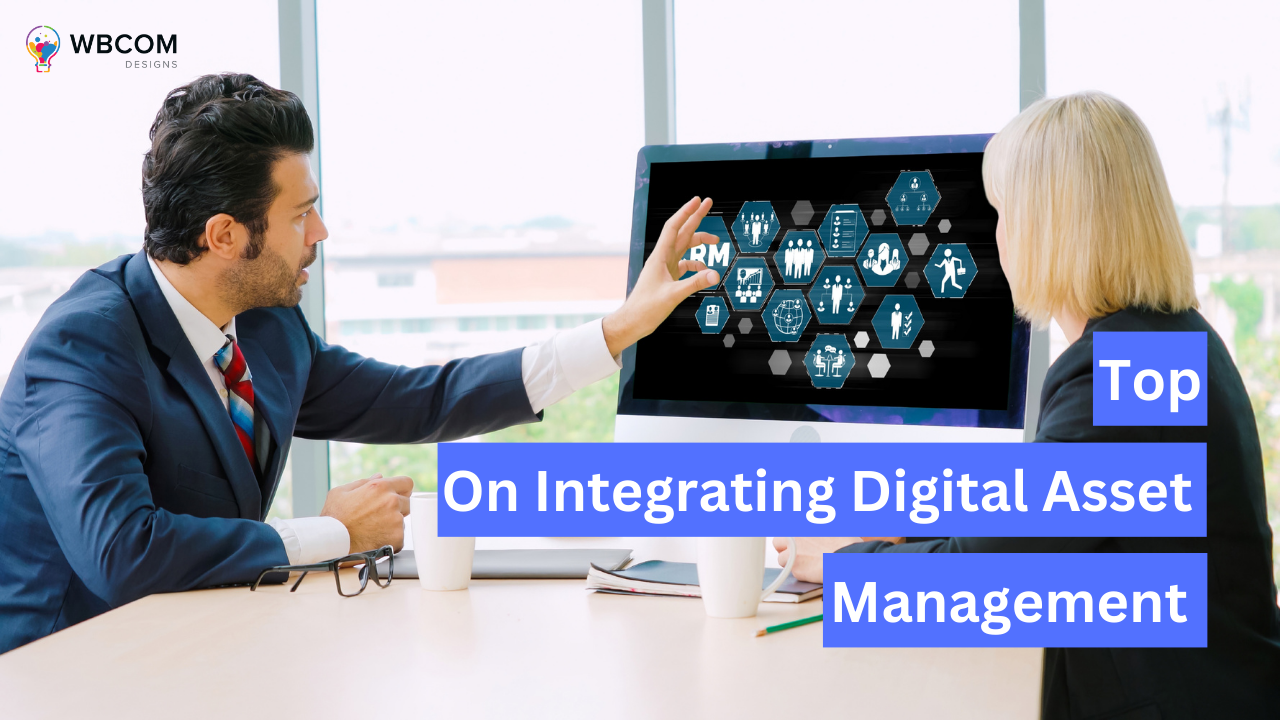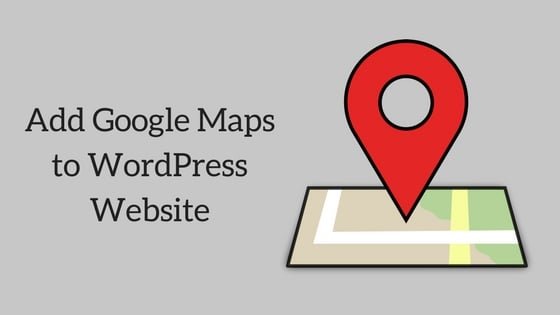Technological innovations have changed how we operate nowadays. Think about a typical organization and the different components that go into running it. One of the most critical is digital asset collection and management. Operating without proper systems in place to manage such would be very challenging. With so many digital assets, the teams can get overwhelmed keeping track of everything.
Digital Asset Management or DAM software is, therefore, a critical component in the organization. But how can brands integrate DAM software into the existing marketing technology? We will share some handy tips on how to go about it. But first, let us define digital asset management.
Table of Contents
ToggleDigital Asset Management: What Is It?
Digital Asset Management, or DAM, is the process of organizing, storing, retrieving, and sharing digital files and media assets from a centralized location. Digital assets include video files, images, audio files, presentations, and other documentation that are part of the day-to-day business activities.
With DAM software, it is possible to:-
- Upload and index digital assets
- Tag and manage Metadata
- Search and retrieve digital assets
- Apply controls of digital asset versions
- Distribute digital assets
- Collaborate and manage workflows
- Get additional functionalities by integrating the DAM software with Project management and marketing automation software.
The business needs will determine the kind of DAM system software to opt for. A good choice would be to get one with all the necessary functionalities. Teams will realize greater efficiency due to workflow streamlining and easy access to digital assets.
Also Read: Why WordPress Site Getting So Much Attack
Integrating DAM Software into Marketing Tech Stack
Integrating DAM software into the marketing tech stack allows for harnessing the system’s full potential. So, take note of the following tips for successfully integrating the DAM software into the marketing technology stack.
Start By Defining the DAM Strategy
A DAM strategy is essential as it is a guideline for every action. Think about it like a roadmap consisting of best practices, objectives, and other critical considerations.
Coming up with a DAM strategy requires clarity on factors like:-
- What are the business requirements as far as managing digital assets is concerned?
- What are the objectives of the DAM system? For example, is it to reduce costs, improve efficiency, enhance user experience, or improve brand consistency?
- What type of digital assets will the DAM software help manage?
- Which members of the team will need to have access to the digital assets?
- What workflows will the software handle?
Having clear business objectives will help answer the questions above. Only then can the company decide on the best DAM systems to invest in.
Also Read: How to Build Trust and Credibility in Your Online Marketplace?
Take Stock of the Existing Marketing Tech Stack
One of the first steps is to get a system that seamlessly integrates with the marketing technologies stack. So here is how to successfully go about it.
- Start by looking at the existing marketing tech stack arsenal. These include marketing automation software, content management, and project management systems.
- Determine what the integration requirements are. For instance, is there a need to integrate all the marketing technologies or specific ones? It is important that when looking for DAM systems, opt for those that give tons of flexibility with integrations. Some even have pre-built integrations for the existing tools. The other alternative is to select a system with a customizable application programming interface (API).
- Work on the integration configurations of the DAM software with the existing marketing tools. That includes determining access controls and authentications. The same applies to data mapping and testing the integrations.
The DAM software should allow for scalability. It will save the company money by not replacing software as the business grows.
Also Read: Web Accessibility in Online Learning: A Must-Have Tool
Get the Team On Board
There is no point in introducing technology if the team cannot utilize it due to a lack of knowledge. That is why training on the DAM software and integrations is critical. Also, outline the most important guidelines, no matter how minor.
Ensure the teams know things like permissions, metadata, file formats, naming rules, and more. With a good understanding, the team will get the highest efficiency levels from the technologies.
Keep Up With Monitoring and Optimization
Monitoring and optimizing the DAM system is critical to get the best out of it. A crucial source of information is the people using the system. With these insights, it is easy to identify areas that need improving.
Enjoy Higher Efficiency with DAM Software and Marketing Tech Staff Integrations
Enjoy the full potential of the marketing technology stack with DAM software. Start with clarity on needs, develop a strategy, choose the right system, and onboard the team. Finally, remember the critical role of monitoring the system. When everything operates optimally, brands can expect higher efficiency and better work streamlining.
Interesting Reads:
Best Payment Plugins for WordPress
10 Best Data Intelligence Software & Tools for User Behavior Analytics
How to Protect Your Online Marketplace from Fraud and Scams?








